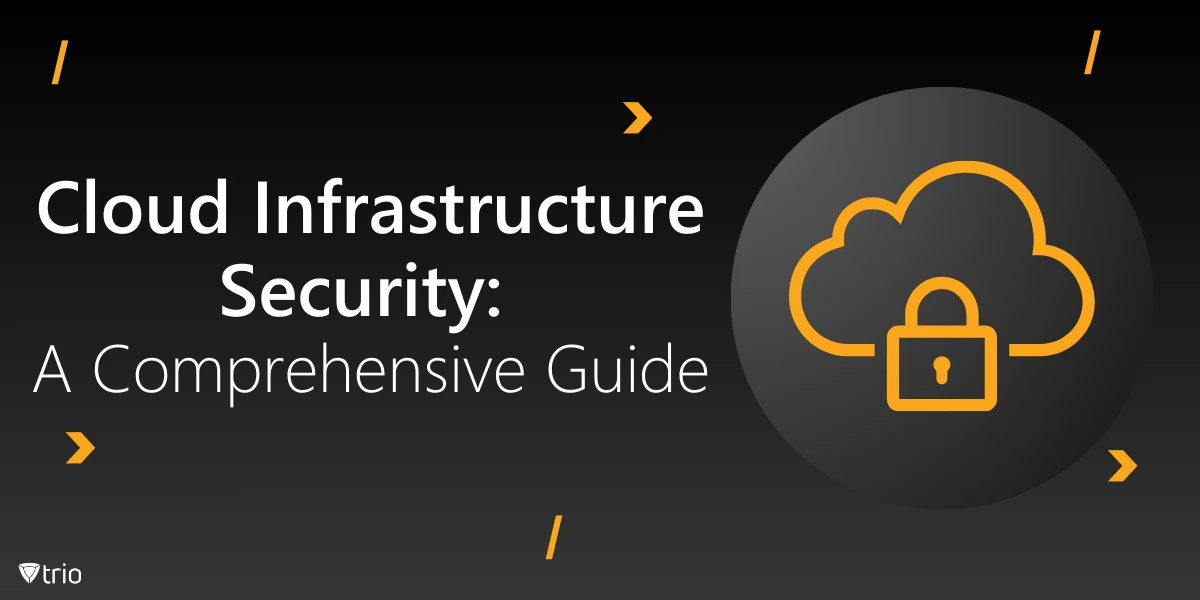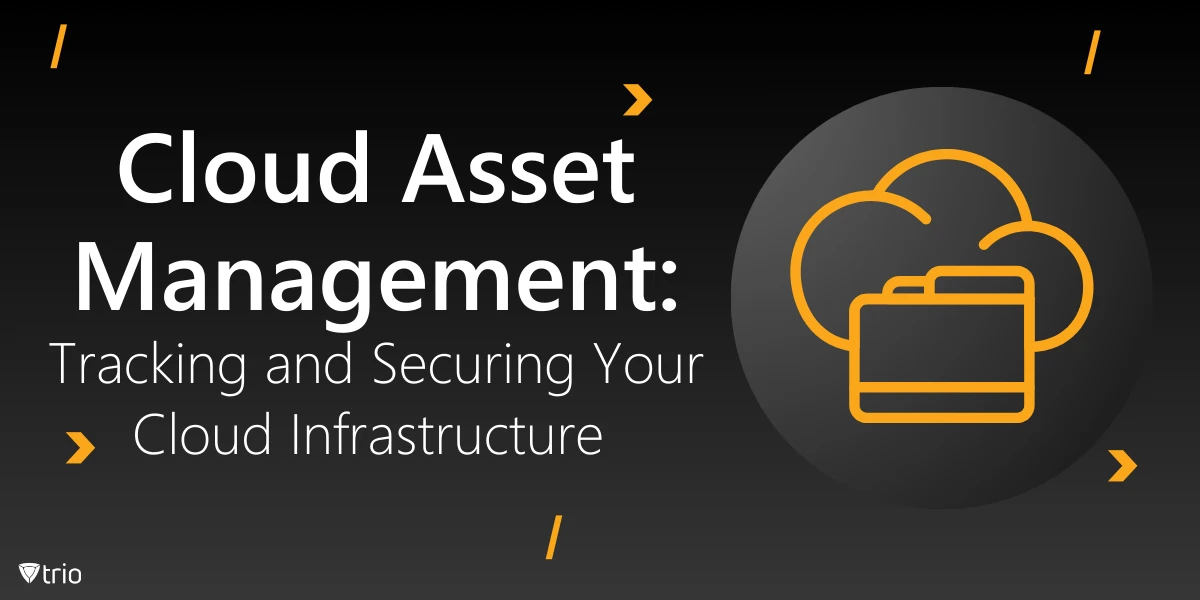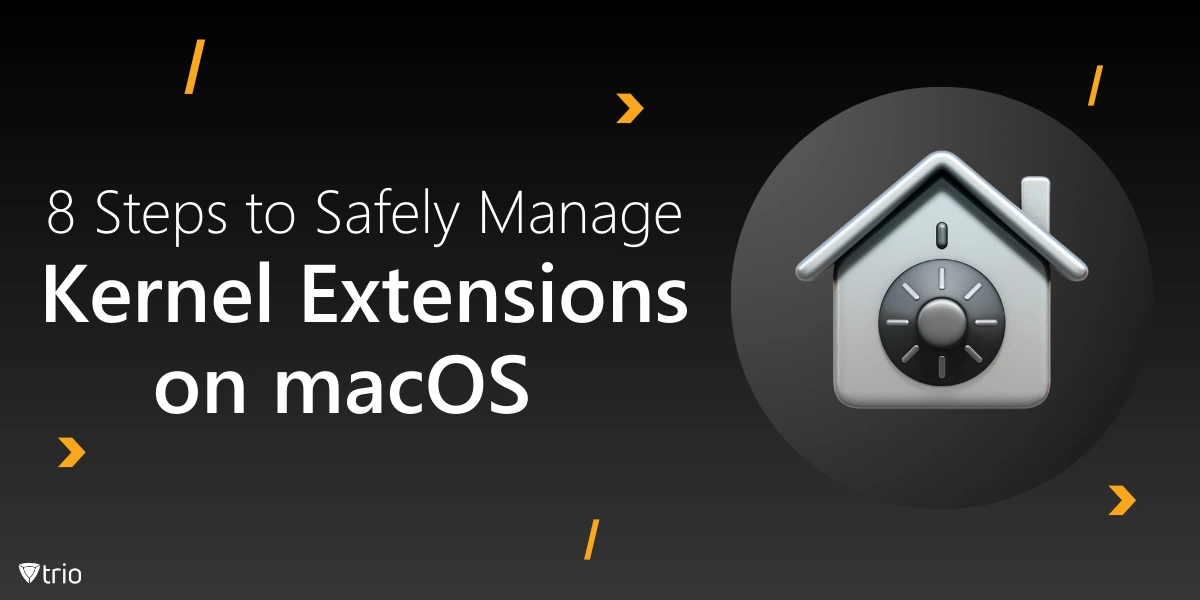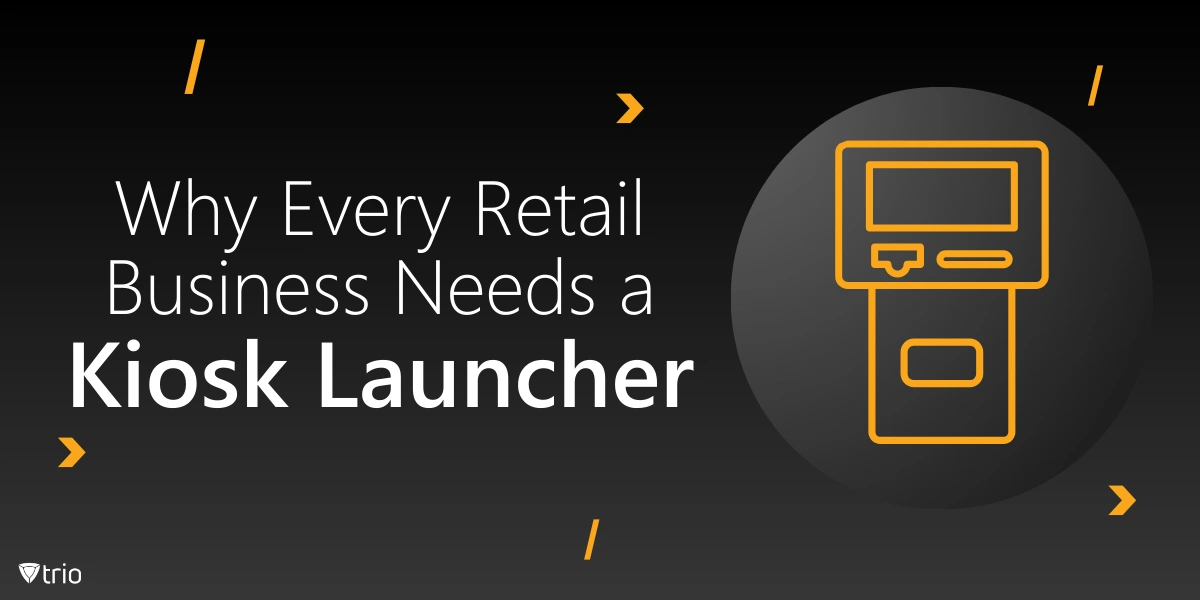In today’s rapidly growing digital world, network automation tools have become essential for managing complex network structures efficiently. These tools not only simplify operations but also significantly reduce the likelihood of human error, making network management a more seamless and reliable process. This blog dives into the complexities of network automation, indicating its benefits, guiding you through the selection of the right tools, and exploring the integration between network automation, Artificial Intelligence (AI), and Mobile Device Management (MDM). Join us on this journey to transform your network management approach and prepare for the future, including the implementation of Zero-touch deployment for streamlined device provisioning and configuration.
Understanding Network Automation
Benefits of Network Automation
The adoption of network automation brings numerous advantages that streamline operations and bolster network efficiency, such as:
- Reduced Operational Costs: By automating routine and repetitive tasks, organizations can drastically cut down on the manual labor required for network management. This not only results in substantial cost savings but also allows IT staff to focus on more strategic and impactful projects.
- Enhanced Network Reliability: Human error is a leading cause of network downtime and issues.By automating network configurations and tasks such as device provisioning, the risk of such errors is minimized. This leads to improved network stability and uptime, ensuring that businesses can rely on their network infrastructure to support their operations without unexpected disruptions.
- Improved Compliance and Security: With the increasing number of regulations and standards managing data protection and privacy, ensuring network compliance can be challenging. Automated compliance checks and security configurations help maintain the network in alignment with industry standards, reducing the risk of violations. This automation safeguards sensitive data and protects the organization from potential fines and reputational damage.
- Enhanced Scalability: As organizations grow, so do their network needs. Network automation solutions excel in their ability to scale, and onboarding an increasing number of devices and users. This scalability ensures that the network can support business growth without introducing undue complexity or requiring significant additional staffing.

Choosing the Right Network Automation Tool
- Compatibility and Integration: Start by assessing how well the tool integrates with your existing network infrastructure. Compatibility is key to ensuring a smooth automation transition and minimizing disruptions to your network operations. Moreover, look for a tool that offers robust APIs for easy integration with other network automation solutions and systems like Mobile Device Management (MDM) platforms, enhancing the overall network management strategy. When selecting a network automation tool, it’s also essential to consider its compatibility with your IT management software. Make sure to choose a cohesive approach to managing both network configurations and the broader IT infrastructure efficiently.
- Automation Capabilities: Identify the specific network tasks you aim to automate such as configuration management, policy enforcement, or performance monitoring. The ideal tool should not only cover your current automation needs but also offer a wide range of functionalities that can be customized to suit unique requirements.
- Scalability and Flexibility: As your network grows and evolves, so too will your automation needs. Choose a tool that is known for its scalability, one that can efficiently manage an expanding network without significant overhauls. Flexibility in adapting to new technologies and network paradigms, such as the shift from IPv4 to IPv6, is equally important.
- User Experience and Support: Consider the user experience offered by the tool. It should feature an intuitive interface that simplifies complex automation tasks, making it accessible to your network team regardless of their expertise level. Moreover, assess the level of support and training provided by the vendor.
- Security and Compliance: In an era where network security cannot be overemphasized, the chosen automation tool must have robust security features.
Popular Network Automation Tools
The landscape of network automation platforms is vast and varied, providing IT professionals with a range of options to streamline their network management tasks. Among the popular network automation examples, Ansible stands out for its simplicity and the power of its automation capabilities. It enables network administrators to write declarative configurations and automate the deployment and management of network devices and software. Cisco DNA Center, another leading tool, offers a centralized platform that simplifies network management, integrating with network automation solutions to provide end-to-end automation and assurance across the network.
Juniper‘s network automation solutions also deserve mention for their robustness and flexibility. These solutions cater to various network automation needs, from basic configuration management to advanced network automation platforms. They help in automating complex workflows, reducing manual errors, and enhancing network reliability and security. Moreover, network automation software like SolarWinds network configuration manager and Red Hat Ansible automation platform are crucial for IT departments aiming for efficiency.
Each of these tools brings something unique to the table. While choosing the best network automation tools for your organization, it’s essential to consider factors such as the specific needs of your network, the size of your organization, and the technical expertise of your team.

Network Automation and AI
The integration of Artificial Intelligence (AI) in network automation is set to redefine network management. AI’s role in network automation is transformative, offering capabilities beyond traditional automation’s scope. Predictive analytics is one of the most striking advantages of AI in network automation. By analyzing patterns and trends within network data, AI-driven tools can foresee potential network failures before they occur. This predictive capability allows for preemptive measures, ensuring network stability and reducing downtime.
Moreover, AI enhances network performance optimization. It can dynamically adjust network parameters in real-time, ensuring optimal performance under varying loads and conditions. This level of dynamic optimization was previously unattainable with manual or basic automated processes.
AI also plays a crucial role in providing actionable insights. Through deep analysis of network data, AI can uncover inefficiencies, security vulnerabilities, and opportunities for improvement that might not be apparent through traditional analysis methods. These insights enable more informed decision-making, helping network administrators and business leaders steer their networks and organizations toward greater efficiency and security.
Mobile Device Management (MDM) and Network Automation
Integrating network automation tools with Mobile Device Management (MDM) systems is a necessity in today’s mobile-first world. This integration bridges the gap between managing network configurations and ensuring mobile devices adhere to the strictest security standards and organizational mobile device management policies.
Moreover, integrating MDM with network automation facilitates real-time visibility and control over all network-connected devices. IT administrators can automatically push updates and enforce compliance with corporate security policies, ensuring that every device is configured correctly and protected against threats. This holistic approach to network and device management is particularly beneficial in BYOD (Bring Your Own Device) environments, where maintaining network security without impeding user access can be challenging.
The combination of MDM and network automation provides a robust framework for managing the modern, dynamic network landscape. It allows organizations to adapt to the evolving demands of mobile connectivity and cybersecurity, ensuring that both network infrastructure and mobile devices operate harmoniously under unified policies and controls. This strategic integration not only safeguards the network and its connected devices but also enhances the overall user experience, making network access smooth, secure, and efficient for everyone involved.
Conclusion








